The History of Leather: From Ancient Times to Modern Fashion
Wondering when was leather invented? Humans have known about and utilized leather for a very long time. For warmth, our ancestors wore real genuine leather boots and coats made of real animal skin. The majority of leather used today—roughly 75%—is used for shoes, with the remaining 25% going to clothing. For upholstery, only 15% of the final product is required. If you wish to know all about it and about its layers, this article is for you!
- Early History of Leather
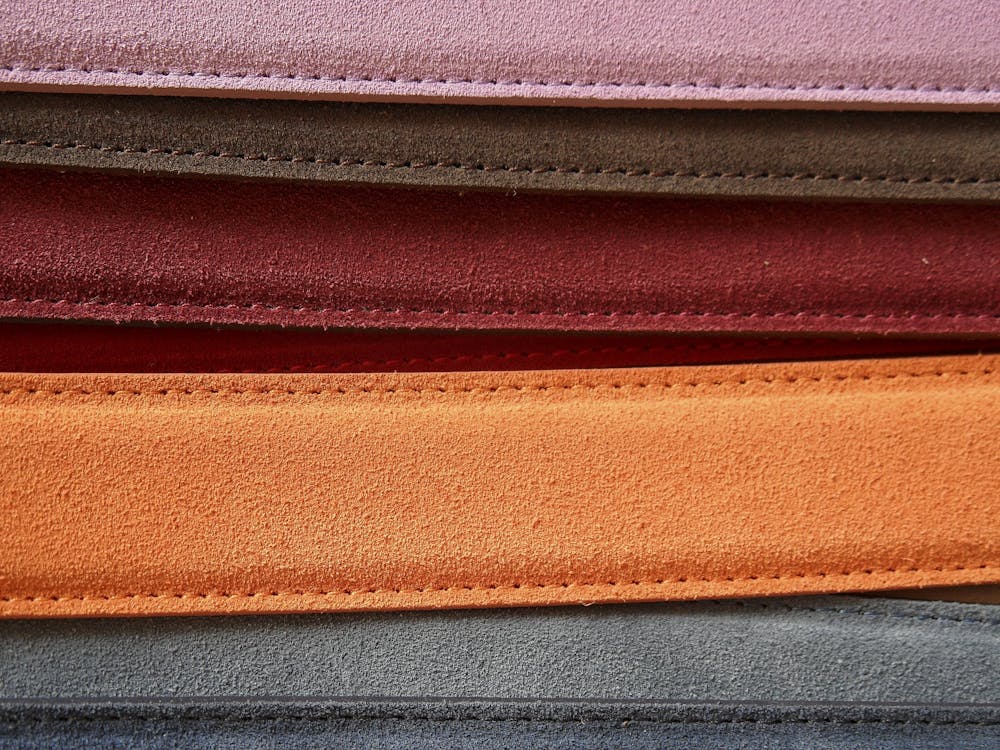
Let's go back to ancient Egypt times and discuss this chapter. The stone age is one of the longest time periods in recent history. Although it has existed for millions of years, the origins of leatherworking and the earliest examples of it date back to about 400,000 years ago. The 3.3 million-year-old implements made from stone are the oldest ones ever found. Stone flakes, most likely for a cutting tool. These stone flakes would have been useful for cleaning and peeling animal hides in the earliest stages of leather tanning. However, it isn't until around 400,000 BC that we start to find more evidence of leather-specific tools. As one of the most advanced and complex civilizations in history, Rome required leather goods. By this time, highly efficient social structures had been established, allowing for the mass production of specialized items. This included things like nourishment, apparel, and adornments for the person. Butchers who butchered animals for food or other purposes often also prepared the hides for leather goods. Vegetable tanning wasn't the only method employed by the Romans; alum tanning was also common. The salt component alum helped produce more supple leather that took dyes better.
- Leather in the Middle Ages
Leatherworking flourished in the 16th and 17th centuries. Over 5,000 French tanning workshops employed 30,000–40,000 individuals. Each town had a tannery and a tanning mill that made bark powder for vegetable tanning. Leather was the only supple, durable material at the time. Middle Ages put their emphasis on the production of armor and bookbinding in terms of leather. It was frequently utilized in numerous objects. With primitive instruments, natural tanning was sluggish. Normal leather tanning took months.
- Leather in the Industrial Revolution
For the leather industry, the advent of mass production and mechanization during the Industrial Revolution was a watershed moment. Tanneries and leather factories sprang established in urban centers as the need for leather increased across a wide range of industries. The century saw the development of new techniques, such as chrome tanning, which uses chromium salts to produce supple and soft leather. The need for leather products skyrocketed during the early 1800s as the industrial revolution spread. There was a huge increase in the production of leather goods, which in turn necessitated more leather for things like belts that powered new machinery, as well as clothing and footwear. Producing more leather goods in less time could be possible using machines that use leather belts. Over time, communities revolving around leatherworking emerged. There was a shift toward more formal communication between customers, leather manufacturers, tanneries, and skinners. The leather trade eventually became an integral part of societies all across the world.
PS: A fun fact:
Around 1880, machines accelerate chrome tanning. The French leather industry was the third largest in the early 20th century, after metallurgy and textiles. At the start of the 20th century, technical advances and new machines are few. Manufacturing takes months. Modern technologies enhance output and leather variety after 1950. Most leather enterprises are industrial. Thanks to chemistry, synthetic polymers have appeared, and tanning technology has advanced, benefiting the leather business. Thus, the leather market can follow fashion and offer a variety of natural, waxed, and modern leathers with many reflections. New reptiles, birds, and fish hides are being tanned! From 1970, environmental consciousness increased. Chrome tanning supplanted vegetable tanning for shoe uppers, whereas vegetable tanning remained consistent.
- Leather in Modern Fashion
Due to its durability and elegant appearance, leather is now used in a wide variety of garments and it is a symbol of style. Middle Eastern royalty frequently ordered elaborate copies of traditional clothing, such as the Kebaya and Abaya, to be made from the finest leather. Leather can now be replaced by synthetic materials like rubber and plastic. Even though the leather industry hasn't evolved much since the Middle Ages, trade associations have been hard at work creating partnerships in networks that, like the leather guilds of old, produce and distribute leather on a global scale. No matter their financial status, most men's closets now include at least a few essential leather items, from full-grain cowhide boots to faux fur jackets. This season, there are many options to pick from, whether you're seeking something more casual, like a bomber or motorcycle jacket, or something more sophisticated, like a mocha with a subtle finish. Because leather can be conditioned using saddle oil or another conventional technique to keep it supple and ready to make a fashion statement for years to come, leather is simple to maintain. Similar styles may be found in women's outerwear, where opulent and figure-flattering coats and jackets are created from calf, lamb, and sheep hides. These items are well-liked by fashion-conscious people due to their attractive cuts, meticulous sewing, and vibrant color contrasts.
The most important part: appreciate the rich history and cultural significance of leather! It has been through a lot during this time period, and it will definitely go through even more in the future. As revolution and developments happen, it is up to you to enjoy it the best way you can! Check out Bostanten and find some gorgeous models and types of bags that you're going to fall in love with for day & night-time wear. All the ladies will fall in love with their gorgeous models.

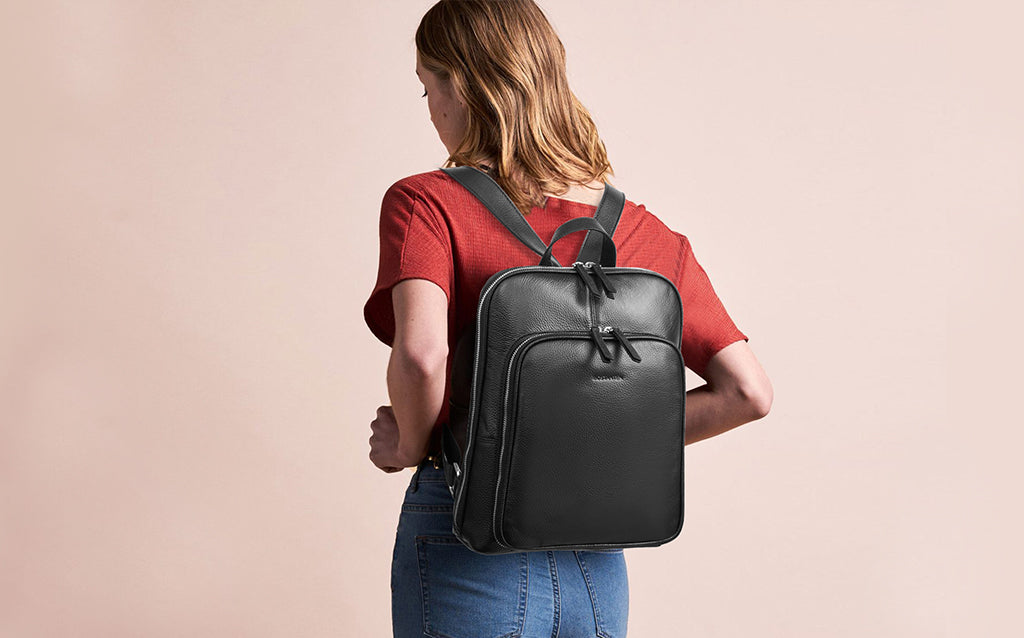

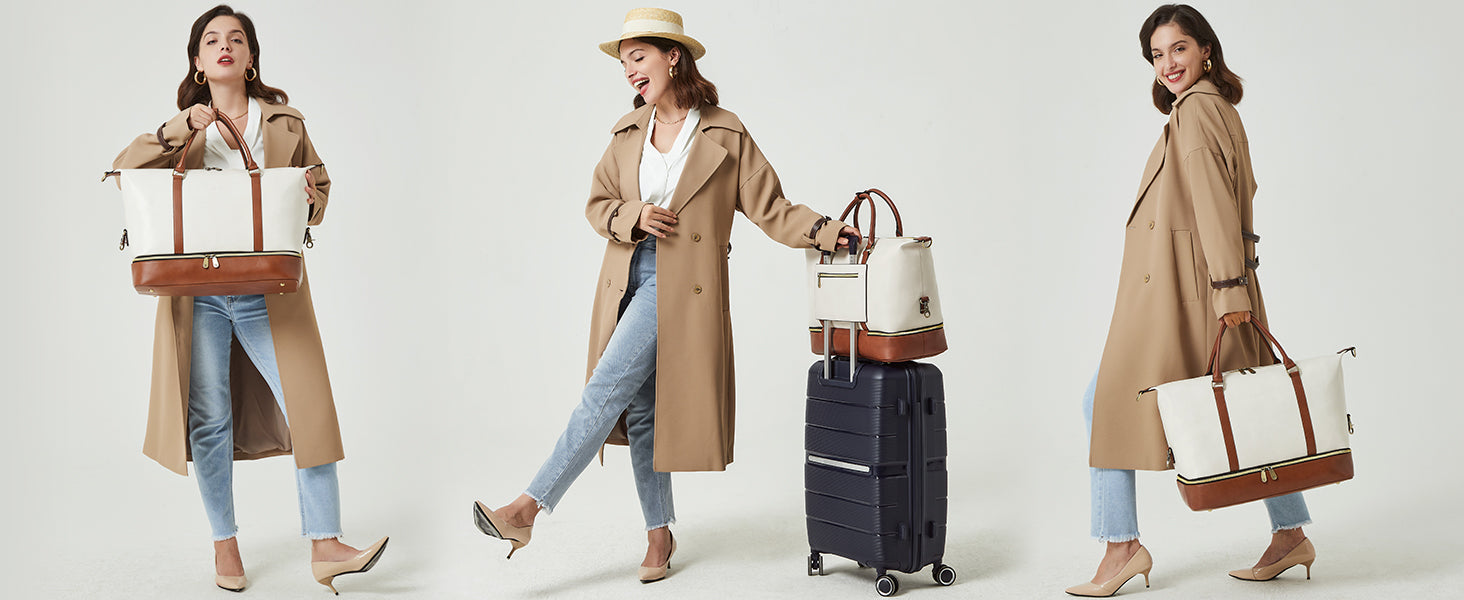
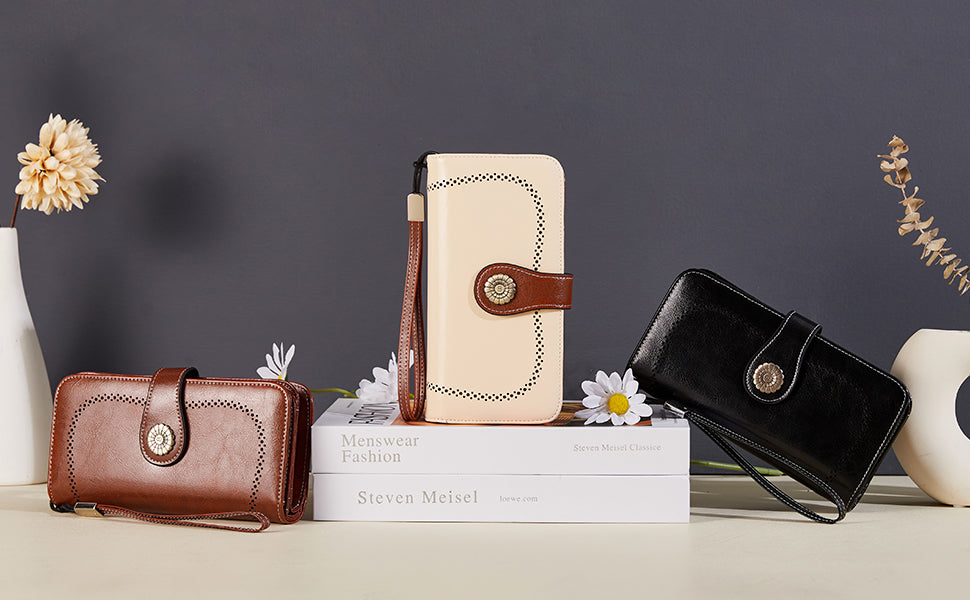
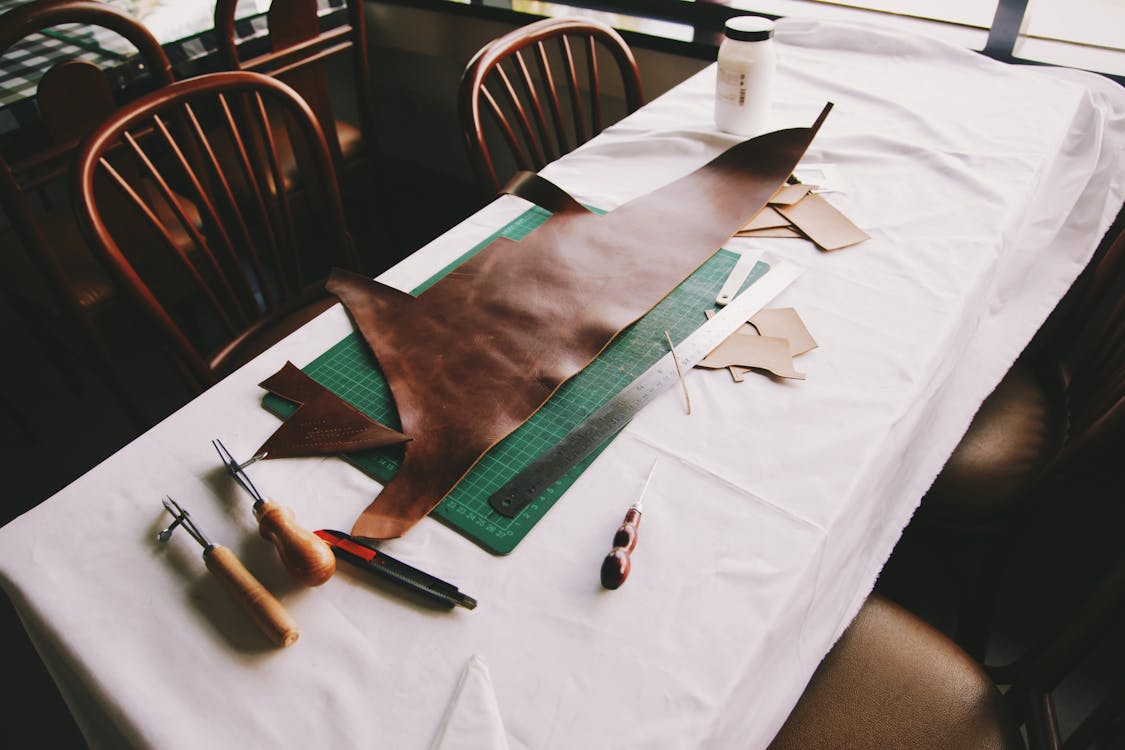
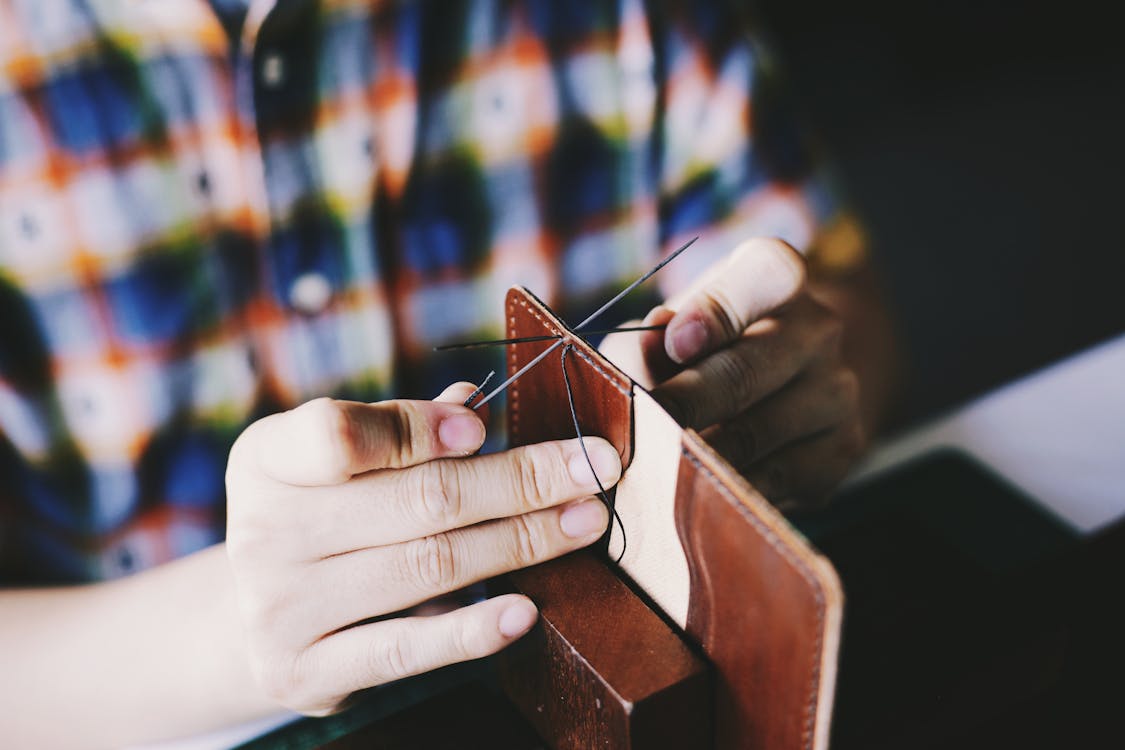

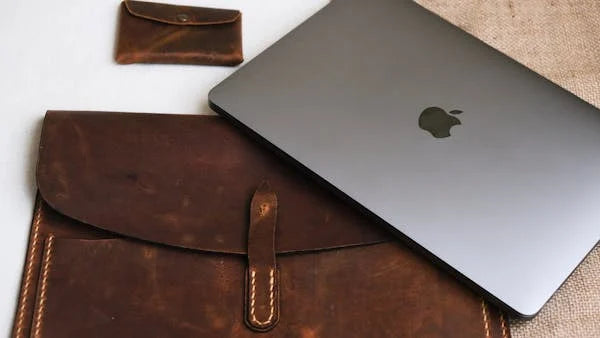

Leave a comment